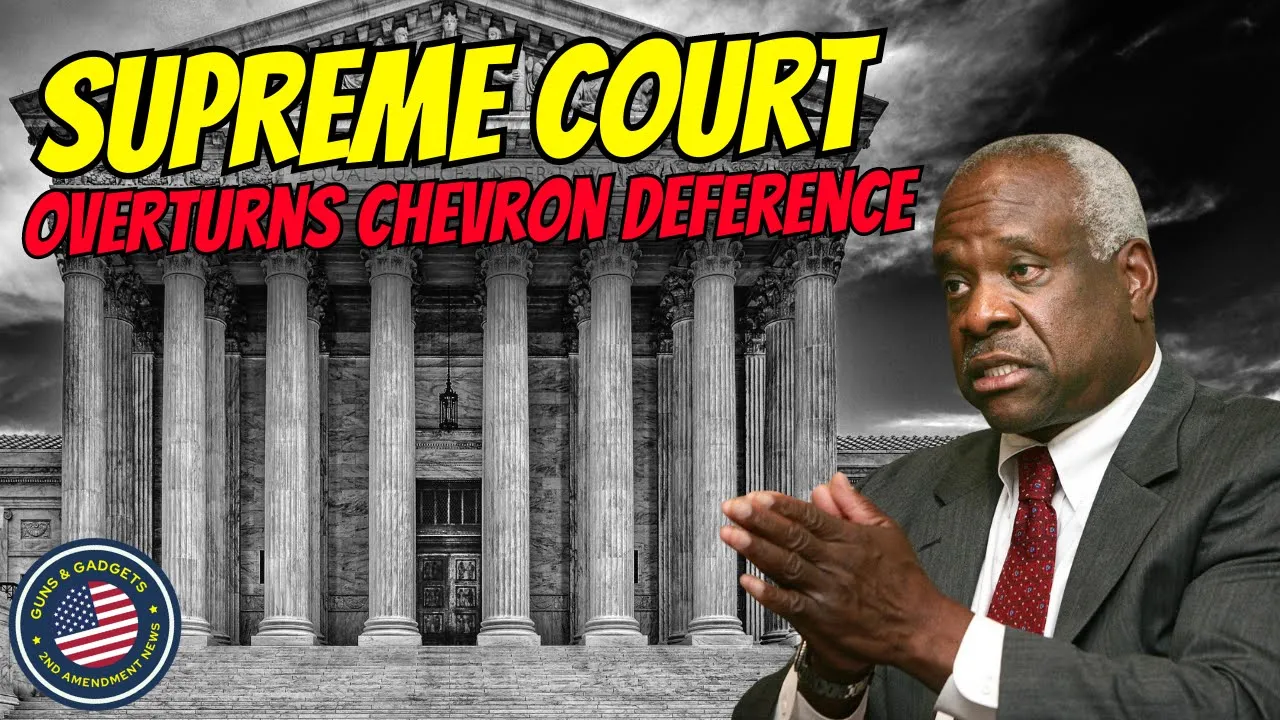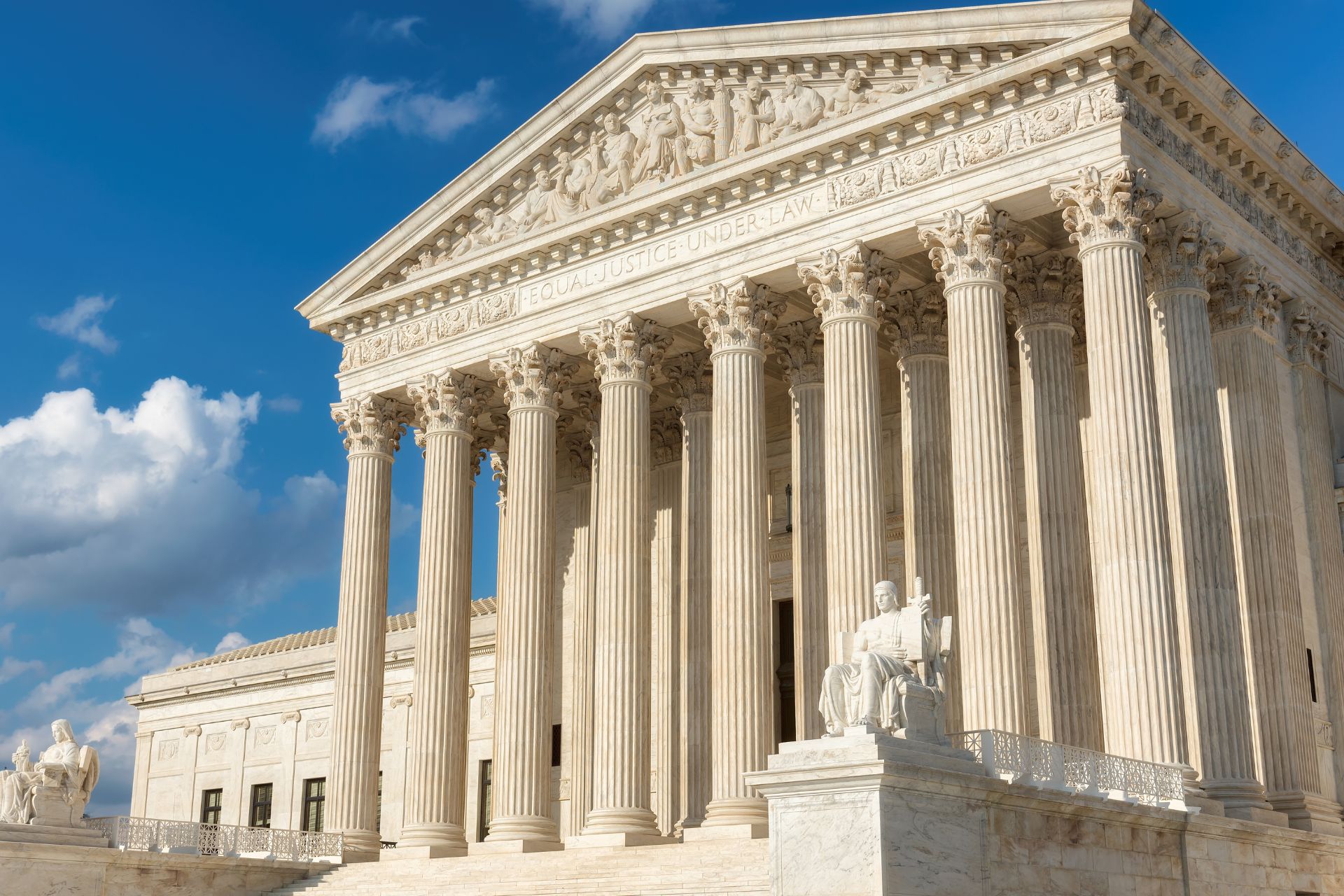Chevron Deference: Chevron Decision Supreme Court

Chevron decision supreme court – Chevron Deference is a legal doctrine that gives deference to the interpretation of a statute by the agency responsible for administering it. The doctrine is based on the idea that the agency has expertise in the area of law that it administers, and that its interpretation of the statute is therefore entitled to deference by the courts.
The Chevron decision of the Supreme Court has had a significant impact on the interpretation of the civil rights act and other statutes. The Chevron doctrine, which is a two-part test, gives deference to an agency’s interpretation of a statute if it is reasonable and consistent with the statute’s purpose.
This doctrine has been used to uphold agency interpretations of the civil rights act, such as the Equal Employment Opportunity Commission’s interpretation of the disparate impact theory.
The Chevron Deference doctrine was first established by the Supreme Court in the 1984 case of Chevron U.S.A., Inc. v. Natural Resources Defense Council, Inc. In Chevron, the Court held that a court should defer to an agency’s interpretation of a statute if the statute is ambiguous and the agency’s interpretation is reasonable.
The Chevron decision of the Supreme Court, which gave great deference to agency interpretations of statutes, has been overturned by the Supreme Court in a landmark ruling. The Court’s decision in supreme court overrules chevron doctrine is a significant shift in the way that courts will review agency actions, and it is likely to have a major impact on the regulation of businesses and industries.
Examples of Chevron Deference
The Chevron Deference doctrine has been applied in a wide variety of cases. Some examples include:
- In Auer v. Robbins, the Supreme Court held that the Department of Labor’s interpretation of the Fair Labor Standards Act was entitled to deference because the statute was ambiguous and the Department of Labor had expertise in the area of labor law.
- In United States v. Mead Corp., the Supreme Court held that the Environmental Protection Agency’s interpretation of the Clean Air Act was entitled to deference because the statute was ambiguous and the EPA had expertise in the area of environmental law.
- In National Cable & Telecommunications Ass’n v. Brand X Internet Services, the Supreme Court held that the Federal Communications Commission’s interpretation of the Telecommunications Act was entitled to deference because the statute was ambiguous and the FCC had expertise in the area of telecommunications law.
Criticisms of Chevron Deference, Chevron decision supreme court
The Chevron Deference doctrine has been criticized by some legal scholars. Some of the criticisms include:
- The doctrine gives too much deference to agencies, and it allows agencies to interpret statutes in a way that is inconsistent with the intent of Congress.
- The doctrine is based on the assumption that agencies have expertise in the areas of law that they administer, but this assumption is not always true.
- The doctrine can lead to inconsistent interpretations of the same statute by different agencies.
Supreme Court’s Decision in Chevron U.S.A., Inc. v. Natural Resources Defense Council, Inc.

In 1984, the Supreme Court ruled in favor of Chevron U.S.A., Inc. in Chevron U.S.A., Inc. v. Natural Resources Defense Council, Inc., establishing a legal principle known as “Chevron deference.” This doctrine gives significant weight to an agency’s interpretation of a statute it is responsible for administering.
Facts of the Chevron Case
The Chevron case involved the Clean Air Act (CAA) and the Environmental Protection Agency’s (EPA) interpretation of the statute. The CAA required stationary sources of air pollution to obtain permits and comply with emission standards. The EPA interpreted the CAA to allow states to issue permits to sources that would otherwise violate the emission standards if they installed technology that would achieve “the best available control technology” (BACT). The NRDC challenged the EPA’s interpretation, arguing that the CAA required sources to meet the emission standards regardless of whether they installed BACT.
Supreme Court’s Holding in Chevron
The Supreme Court held that the EPA’s interpretation of the CAA was entitled to deference. The Court reasoned that the CAA was ambiguous and that the EPA had been delegated the authority to interpret the statute. The Court also noted that the EPA’s interpretation was reasonable and consistent with the statute’s purpose of protecting the environment.
Impact of the Chevron Decision on Administrative Law
The Chevron decision has had a significant impact on administrative law. It has given agencies broad discretion to interpret the statutes they administer. This deference has allowed agencies to develop expertise in their respective fields and to make decisions that are tailored to the specific circumstances they face.
However, the Chevron decision has also been criticized for giving too much deference to agencies. Critics argue that agencies are not always accountable to the public and that they may be influenced by special interests. They also argue that the Chevron decision has made it difficult for courts to review agency decisions.
Application of Chevron Deference in Subsequent Cases

Chevron Deference has been applied to various agencies beyond the Environmental Protection Agency (EPA). These include:
- Federal Communications Commission (FCC)
- Federal Energy Regulatory Commission (FERC)
- Occupational Safety and Health Administration (OSHA)
- Securities and Exchange Commission (SEC)
- National Labor Relations Board (NLRB)
When applying Chevron Deference, courts consider several factors:
- The agency’s expertise in the subject matter.
- The agency’s consistent interpretation of the statute over time.
- The agency’s reliance on expert testimony or other evidence to support its interpretation.
Limits of Chevron Deference
Chevron Deference is not absolute. Courts may refuse to apply it if:
- The agency’s interpretation is arbitrary and capricious.
- The agency’s interpretation is inconsistent with the statute’s plain meaning.
- The agency’s interpretation is inconsistent with the Supreme Court’s prior decisions.
The Chevron Decision of the Supreme Court has been a landmark case in administrative law, establishing the deference courts should give to agency interpretations of statutes. This deference is similar to the respect given to traditional tartan patterns , which have been passed down through generations and are often seen as authoritative.
Just as the Chevron Decision provides guidance for interpreting statutes, the tartan pattern serves as a guide for understanding Scottish heritage and culture.
The Chevron Decision, a landmark Supreme Court ruling, established a deferential approach to administrative agency interpretations of law. Similar to the intricate patterns of a tartan pattern , the Chevron framework weaves together a balance of agency expertise and judicial oversight, ensuring that administrative decisions are reasonable and consistent with the law.
The Chevron decision by the Supreme Court established a framework for judicial review of administrative agencies’ interpretations of statutes. One notable critic of the Chevron doctrine is Representative Thomas Massie ( thomas massie ), who has argued that it gives too much deference to agencies and undermines the separation of powers.
Massie’s views on Chevron have been shaped by his background as an engineer and his libertarian philosophy, which emphasizes individual liberty and limited government.